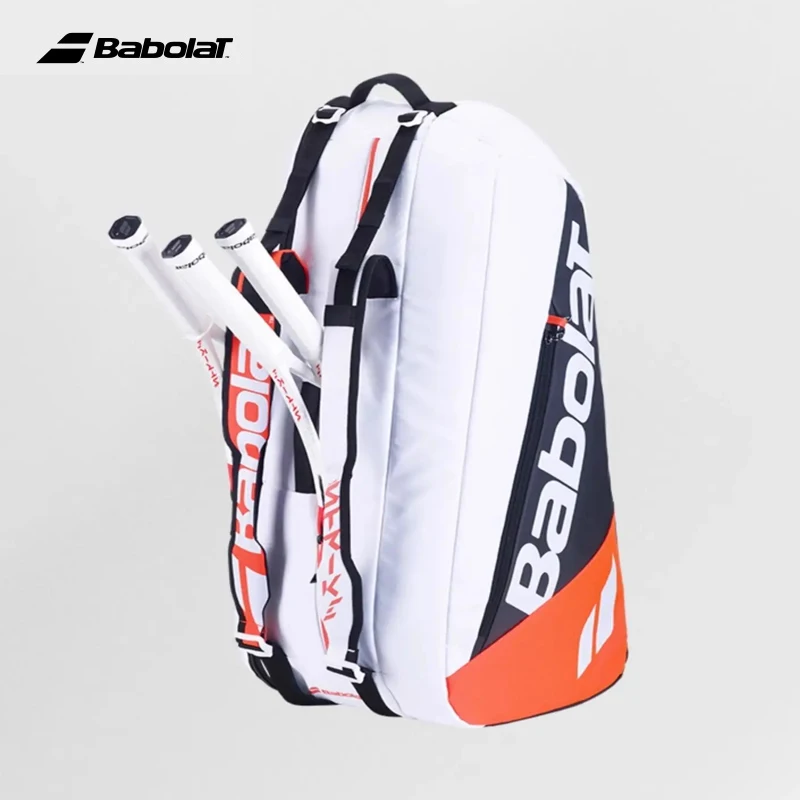What Exercises Can Help Prevent Knee Injuries in Skiing
Knee injuries are one of the most common skiing-related injuries. While some risk factors, such as age and previous knee injuries, cannot be modified, there are many things skiers can do to reduce their risk of injury. One of the most important is to strengthen the muscles around the knee.
The following exercises are specifically designed to help prevent knee injuries in skiing:
- Squats: Squats are a great way to strengthen the quadriceps, hamstrings, and glutes. To do a squat, stand with your feet shoulder-width apart and lower your body until your thighs are parallel to the ground. Keep your back straight and your knees in line with your toes. Return to the starting position and repeat.
- Lunges: Lunges are another great exercise for strengthening the quads, hamstrings, and glutes. To do a lunge, step forward with one leg and lower your body until your thigh is parallel to the ground. Keep your front knee in line with your ankle and your back knee close to the ground. Push off with your front leg to return to the starting position and repeat with the other leg.
- Calf raises: Calf raises help strengthen the calf muscles, which can help to prevent shin splints and other lower leg injuries. To do a calf raise, stand with your feet flat on the ground and raise up onto your toes. Hold the position for a few seconds and then slowly lower back down. Repeat.
These are just a few of the many exercises that can help to prevent knee injuries in skiing. By incorporating these exercises into your regular fitness routine, you can reduce your risk of injury and enjoy a safer and more enjoyable skiing experience.
FAQs
- What is the most common type of knee injury in skiing?
The most common type of knee injury in skiing is an anterior cruciate ligament (ACL) tear.
- What are some other factors that can increase the risk of knee injuries in skiing?
Other risk factors for knee injuries in skiing include being overweight or obese, having weak leg muscles, and skiing on uneven or icy terrain.
- Can I still ski if I have a knee injury?
It is important to see a doctor to get a proper diagnosis and treatment plan if you have a knee injury. Depending on the severity of the injury, you may be able to ski with a brace or other support.
- How long does it take to recover from a knee injury?
The recovery time for a knee injury depends on the severity of the injury. Minor injuries may take a few weeks to heal, while more serious injuries may take several months or even years to heal.
- What are some other ways to prevent knee injuries in skiing?
In addition to strengthening the muscles around the knee, there are a number of other things skiers can do to reduce their risk of injury, such as wearing proper safety gear, warming up before skiing, and staying hydrated.
Hot Sale Products
- Salomon Quest Access 70 Ski Boots: These boots provide excellent support and protection for the knees.
- Atomic Vantage 90 TI Ski Boots: These boots offer a comfortable and supportive fit that can help to prevent knee pain.
- Head Kore 93 Skis: These skis are designed to be easy to maneuver, which can help to reduce the risk of falls and knee injuries.
- Giro Ratio MIPS Snow Helmet: This helmet provides excellent protection for the head and neck, which can help to prevent serious injuries in the event of a fall.
- Smith Skyline Snow Goggles: These goggles provide clear vision in all conditions, which can help to prevent accidents and injuries.
Pre:How do you prepare your knees for skiing
Next:Is telemark skiing expensive to learn



















